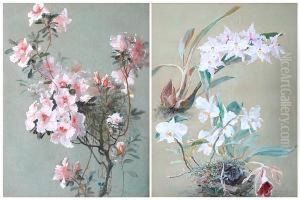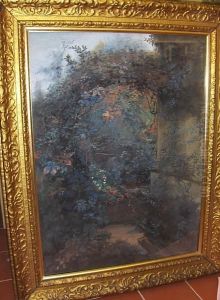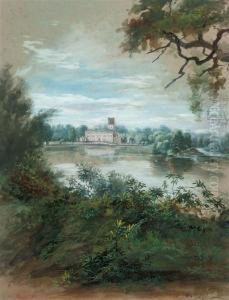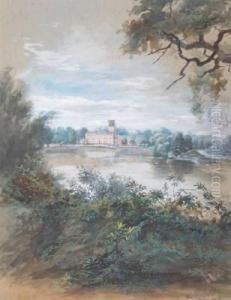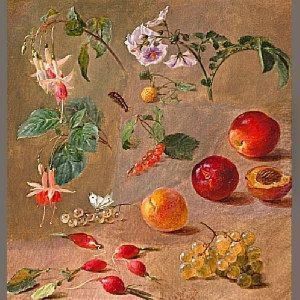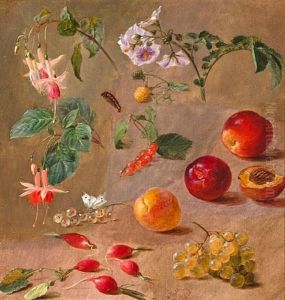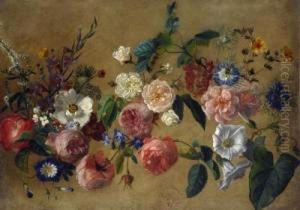William Mussill Paintings
William Mussill was an Austrian painter and entomologist, born in 1838 in the Austrian Empire, known especially for his detailed and accurate depictions of insects and plants. He lived during a time when the study of natural history was becoming increasingly popular and scientific methods were evolving. Mussill's work is an example of the intersection of art and science during the 19th century, a period that saw great interest in cataloging and understanding the natural world.
Mussill's artistic career was largely focused on the natural world, with a particular specialization in lepidopterology, the study of butterflies and moths. His illustrations often served as scientific documentation and were praised for their precision and beauty. His work contributed to the field of entomology by providing visual references for scientists and naturalists, and it also appealed to a broader audience because of its aesthetic qualities.
Although he was not as widely known as some of his contemporaries, Mussill's contributions to scientific illustration were significant. His paintings and drawings are still valuable to entomologists and art historians alike. They not only represent the fauna of his time but also reflect the meticulous craftsmanship and attention to detail that were the hallmarks of his style.
Over the course of his life, Mussill witnessed the transformation of the Austro-Hungarian Empire and the various cultural and scientific advancements that came with it. His works are a testament to the era's fascination with the natural world and the desire to understand and categorize it. He passed away in 1922, leaving behind a legacy that continues to be appreciated by those interested in the convergence of art and science.
